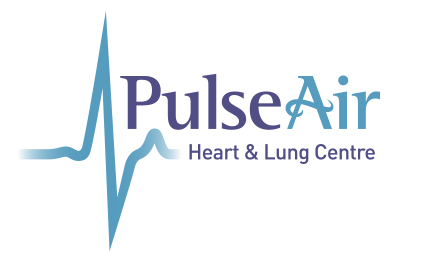As many of us know, COVID-19 can attack the lungs and the respiratory system which sometimes results in significant damage. COVID-19 can cause respiratory issues such as pneumonia, acute respiratory distress syndrome, and even severe lung injuries. All these respiratory problems can cause long-term damage and make life challenging if something is not done to help your lungs. Recovering healthy lung function is possible but it takes months of therapy and exercises after your lungs have been treated. Below is a list of breathing exercises and tips to help you recover post-COVID.
1. Diaphragmatic Breathing
Diaphragmatic breathing or deep breathing can be practiced in many ways. Deep breathing restores lung function by using the diaphragm. Breathing through the nose strengthens the diaphragm and encourages the nervous system to relax and restore itself. Diaphragm breathing can be done on the back, on your stomach, while sitting and while standing.
2. Humming
Believe it or not, humming helps increase nitric oxide production in the body. Nitric oxide helps to build and repair the nervous system and dilates the blood vessels, enabling more oxygen to be delivered throughout the body.
3. Sniffing
To perform this exercise, put your fingers just below your breastbone and sniff several times. Breathe out slowly between each sniff. Once you have been doing this exercise for some time, begin gradually prolonging the sniff and breathing out slowly through your mouth between each sniff.
4. Inspiratory Muscle Training
Inspiratory muscles are the muscles that the body uses to take a breath in. You can train them using inspiratory muscle strength and endurance entraining devices. The devices improve strength and endurance of the muscles. It is recommended that you use them twice for around 15 minutes a day. Talk to a physical therapist to find the best device for you.
5. Pursed Lip Breathing
Pursed lip breathing is when you breathe slowly through your nose for several counts with your mouth closed. When you go to exhale, purse your lips, as if you were going to blow out a candle. Make sure to breathe out all the air in your lungs slowly. This gets more oxygen to your lungs than regular breathing, as well as keeping your airway open longer.
6. Yawn to Smile
To perform this exercise, you start by sitting upright with a straight back. Then, stretch your arms up to shoulder height. When your arms reach shoulder height, open your mouth wide like you are yawning. Then bring your arms back to your thighs while turning your yawn into a smile. This exercise opens the muscles in the chest allowing the diaphragm to fully expand.
7. Alternate Nostril Breathing
Alternate nostril breathing is performed while sitting tall in a seated position. Take a few breaths to relax. Then, with your right hand, place your ring and pinky finger on your left nostrils while your thumb connects to your right nostril. As you inhale, close your right nostril. Then open your right nostril as you exhale and close your left nostril. This helps to bring oxygen into the body and release toxins.
8. Breath Stacking Technique
To perform breath stacking, breathe out fully, then take a small breath in through your mouth, nose, or both. On top of the breath you already took, take another small breath. Continue taking in small breaths until you cannot take in anymore air. Hold the air in your lungs for 2 to 5 seconds then exhale the air out of your mouth.
9. Incentive Spirometer
If you were in the hospital for lung issues, you should have received an incentive spirometer when you were discharged. This device helps to strengthen the breathing muscles and opens the airspace in your lungs. You should be using it 15 minutes throughout the day.
10. What to Do When You Feel Short of Breath
When you are feeling short of breath, never push yourself. Whether you are short of breath during exercise or regular activities. Make sure that you stop and reset yourself. Sit down, relax your shoulders, and do any of the breathing exercises listed above until you catch your breath. Make sure that you slow down and continue focusing on breathing.
If you’re concerned with respiratory issues or post-COVID symptoms and need to be seen, call today to schedule an appointment.


